
Flashlight Buying Guide 2018

This is an update on the previous Flashlight Buying Guide written in late 2017, and takes into account newer flashlights (torches) on the market, and feedback from the light painting community. There is a much larger range of flashlights mentioned in this article. Most of this article is written for flashlights that are suitable for the Light Painting Brushes (LPB) Universal Connector (25-38mm head diameter) , and Light Painting Paradise (LPP) Adapter (20-38.5mm head diameter). Sections later in the article cover other connectors and use cases.
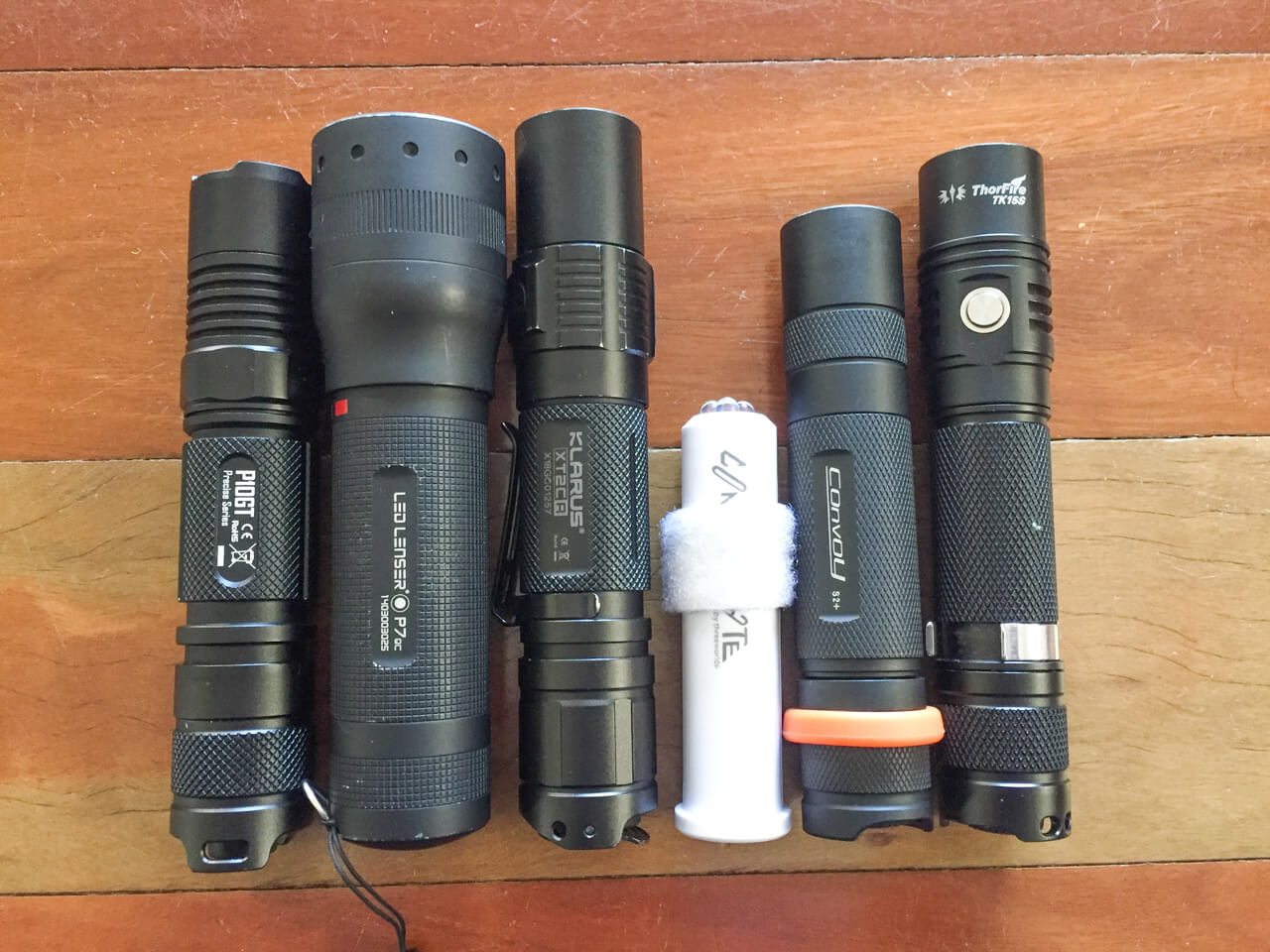
Some of my favourite flashlights – Nitecore P10GT, Ledlenser P7QC, Klarus XT2CR, Concentrate C5 (with added padding), Convoy S2+ (warm white), and Thorfire TK15S.
Foreword
It should be noted that the maximum output in lumens stated by manufacturers and in this article is rarely sustained, and most flashlights reduce in brightness at anything between 30 seconds and a few minutes. Be aware that some cheap flashlights (particularly on eBay, Amazon, various Chinese electronics companies) have highly exaggerated lumen ratings. If a light is claimed to be “the world’s brightest flashlight” and it only uses AAA batteries, then it isn’t “the world’s brightest flashlight”!
Whilst lumens (lm) are generally used to describe output, the peak beam intensity in candela (cd) also needs to be considered. The higher the peak beam intensity per lumen (“throwy” light), then generally the better the flashlight is for illuminating longer tools such as light swords, rods, and tubes. A lower peak beam intensity per lumen (“floody” light), then generally the better the flashlight is for more even illumination of tools such as fibre optics and light blades. Zoom lights allow for more flexibility, especially for controlled illumination purposes, but are far from essential. There are no hard and fast rules, and experimentation is the key to see what works the best.
Most (but not all) of the recommendations in this article use tail switches for on/off as they are easier to access when flashlights are in connectors. Whether a side switch is accessible in a connector is dependent on the diameter of the flashlight head, and location of the switch. If purchasing side switch lights (especially when the side switch is used for on/off), I would advise checking with other light painters on social media as to whether that flashlight is suitable.
AA/AAA Battery Flashlights
Lights that use commonly found AA and AAA (alkaline or rechargeable NiMH) batteries are popular with many light painters, and those new to flashlights. However maximum output is less than most li-ion battery based lights. Thus these lights are better in darker ambient light conditions. Recommended zoom lights include the Ledlenser P7-2017 (450 lm) and MT6 (600lm), Coast G32 (355lm), G50 (355lm), HP5R (185lm), Polysteel 200 (320lm), Polysteel 400 (375lm), and TX9R (300lm). Recommended non-zoom lights include the Coast G26 (120lm), Energizer Vision HD 2AA (400lm) and 3AAA (250lm), Nitecore SRT3 (180lm), Zanflare F2 (200lm), and Convoy T2 (250lm, may need padding in LPB connector).
Li-ion Battery Flashlights – approx. 1000 lumens
Lithium ion based flashlights (usually using rechargeable 18650 batteries) allow for much higher brightness, but also result in more heat. They usually have lower output modes for situations when less output is more desirable, such as moonlit nights. Li-ion battery flashlights are usually much better value for money than AA or AAA based lights, but usage requires knowledge of the risks of using li-ion batteries. Bright non-zoom 18650 lights that are in the 1000 lumens range (+/-250lm) include the Convoy S2+, M1, and M2, Thorfire TK15S, VG10S, and VG15S, Sofirn SP31 and SF36, Atactical/Wowtac A1S, Thrunite TC12v2, Eagtac P25LC2, Klarus XT11S, Nitecore P10GT, MT22C, SRT5, and SRT6, Nextorch TA30, and Olight M2T. These will all run close to maximum brightness for at least a couple of minutes before automatic or manual brightness step-down, allowing for use in longer light painting scenes. Zoom lights that can reach 1000 lumens include the Ledlenser P7R and MT10 (30 seconds step-down), Walther Pro SL66r, Wowtac A3S, and Klarus FX10.
Li-ion Battery Flashlights – 1500 to 2000 lumens
These are great in high ambient brightness situations, but can step-down in brightness after around 30 seconds due to the large amount of heat produced. These lights may provide up to a 1 stop photographic exposure advantage compared to previously mentioned 18650 flashlights. Recommended flashlights in the 1500-2000 lumens range include the Klarus XT2CR, Klarus XT11GT, and Olight M2R.
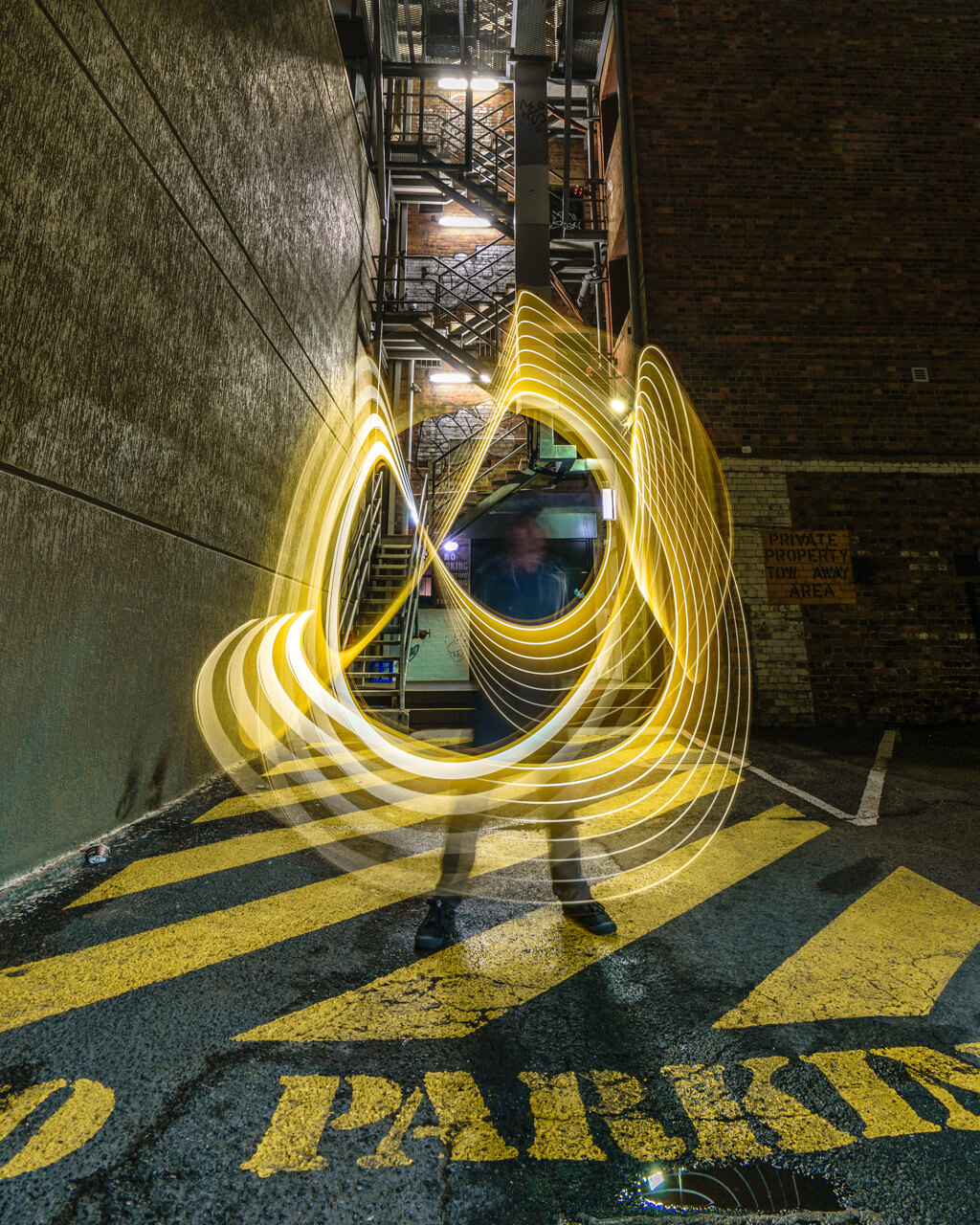
The Klarus XT2CR is one of the best flashlights for bright ambient light conditions.
Flashlights with mode memory
Mode memory allows a flashlight to be turned on in the previously used mode. This avoids having to fumble through modes during a light painting scene. Flashlights with reliable mode memory include the Thorfire TK15S, VG10S, and VG15S, Sofirn SP31 and SF36, Atactical A1S, Thrunite TC12v2, Nitecore P10GT, MT22C, SRT3, SRT5, and SRT6.
Flashlights with momentary on high
Momentary switches (also known as “forward clicky” or “tactical” switches) allow for more control over on and off, with a half press of the switch. These are very useful for light drawing or light writing. Lights with momentary on high mode only include the Ledlenser P7.2 and P7-2017, Olight M2R and M2T, Klarus XT2CR and XT11GT.
Flashlights with momentary on all (non-strobe) memorised modes
Lights with momentary on all memorised (non-flashing) modes, allows for momentary functionality to be used in a range of different ambient lighting conditions, making the lights much more useful. Flashlights with this functionality include the Thorfire TK15S and TK18, Sofirn SP31, Atactical/Wowtac A1S, Thrunite TC12v2, Fenix PD35TAC, and Nitecore P10GT, MT22C, SRT3, SRT5, and SRT6.
Flashlights with Rotary or Ramping Controls and Momentary
Rotary or ramping controls allow for fine adjustment of brightness. These flashlights also have momentary functionality too! Options include the Thorfire TK18 (ramping), Nitecore P26, MT22C (rotary dial), SRT3, SRT5, and SRT6 (rotary head).
RGB Flashlights
Many light painting tools are available with, or can be used with high quality colour gels, reducing the need for flashlights with coloured LEDs. However, colour changing flashlights can add to creativity. Lights with colour changing (but not colour mixing) options include the popular Ledlenser P7QC (RGBW), Ledlenser T2QC (RGBW), and Coast TX100 (RW-Cyan). Lights with single colour LEDs include Jaxman E2L Color (RGBY), and Maglite XL50 Spectrum Series (RGB).
Colour Mixing Flashlights
Colour mixing flashlights allow for a range of colours, and various colour fade modes. However, none of these options are particularly bright and thus require wide aperture and/or high ISO, and dark ambient light conditions. Options include the excellent Concentrate by Threeworlds C5 (1xAAA, requires padding to fit in connectors), Antsonamelon Colour Changing Flashlight, the poorly built but popular Color Shine Flashlight, and the Glow FX Multicolor Flashlight which appears similar to the Color Shine but with more modes.
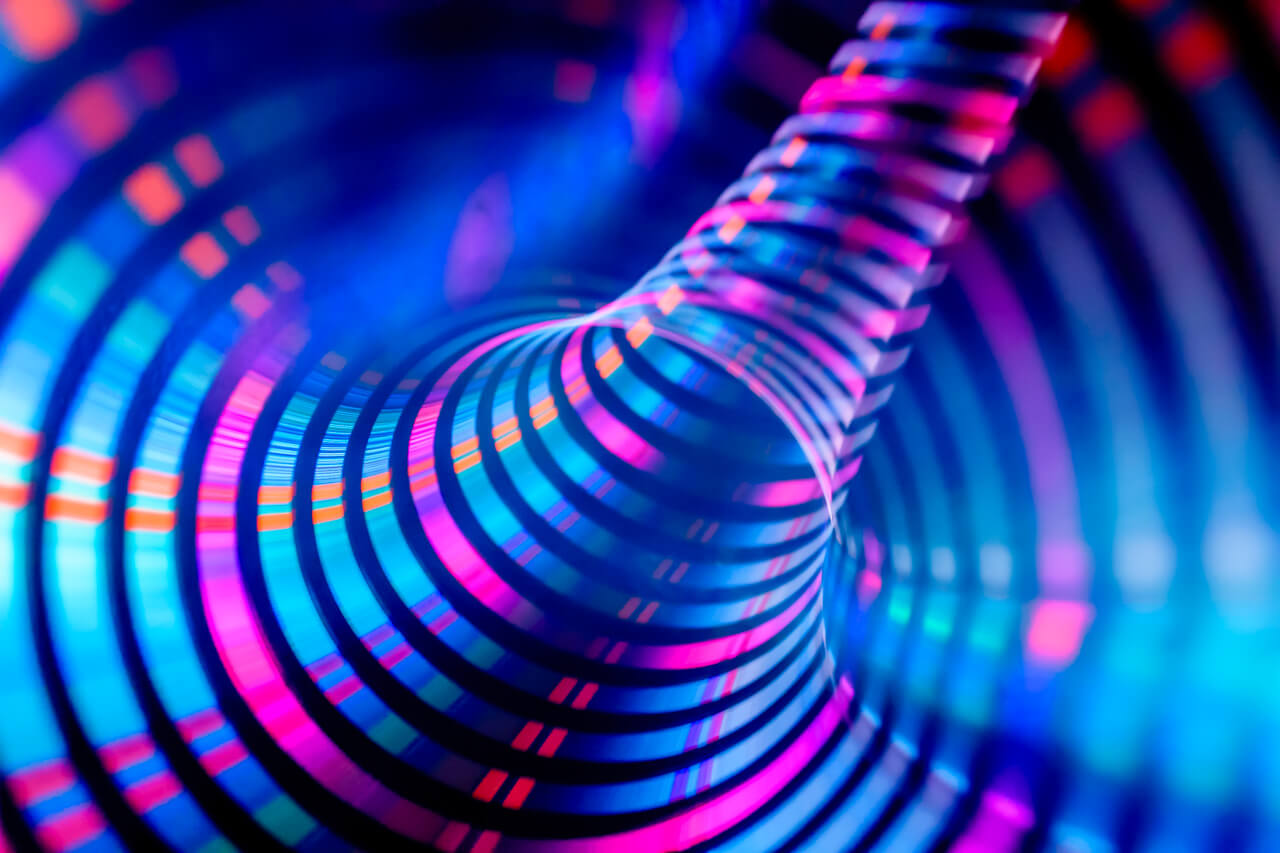
A light blade tunnel created using the RGB colour mixing Concentrate C5.
Neutral White Flashlights
Most flashlights are available in cool white tint (approx. 6500k CCT), which can be quite harsh, and often has hints of green, blue, or purple. If you want a more “daylight like” beam, which is much better for illumination, then look for flashlights with neutral white tint options (4000-5500k CCT). Examples are the Thorfire VG10S and TK15S, Sofirn SP31, Olight M2R, Thrunite TC12v2, Energizer Vision HD lights, Zanflare F1 and F2, Jaxman E2, E2L and M2 (which include high CRI options), plus the Convoy S2+, M1, M2, T2, and zoomable BD4 (choose xx-3x or xx-4x emitter options).
Warm White Flashlights
Flashlights with warm white (3000k CCT) LEDs are much more rare, but are available in most lights made by Convoy (choose xx-7A tint emitter), Sofirn SF36W, and the zoomable Maglite XL50 Spectrum Series warm white model.
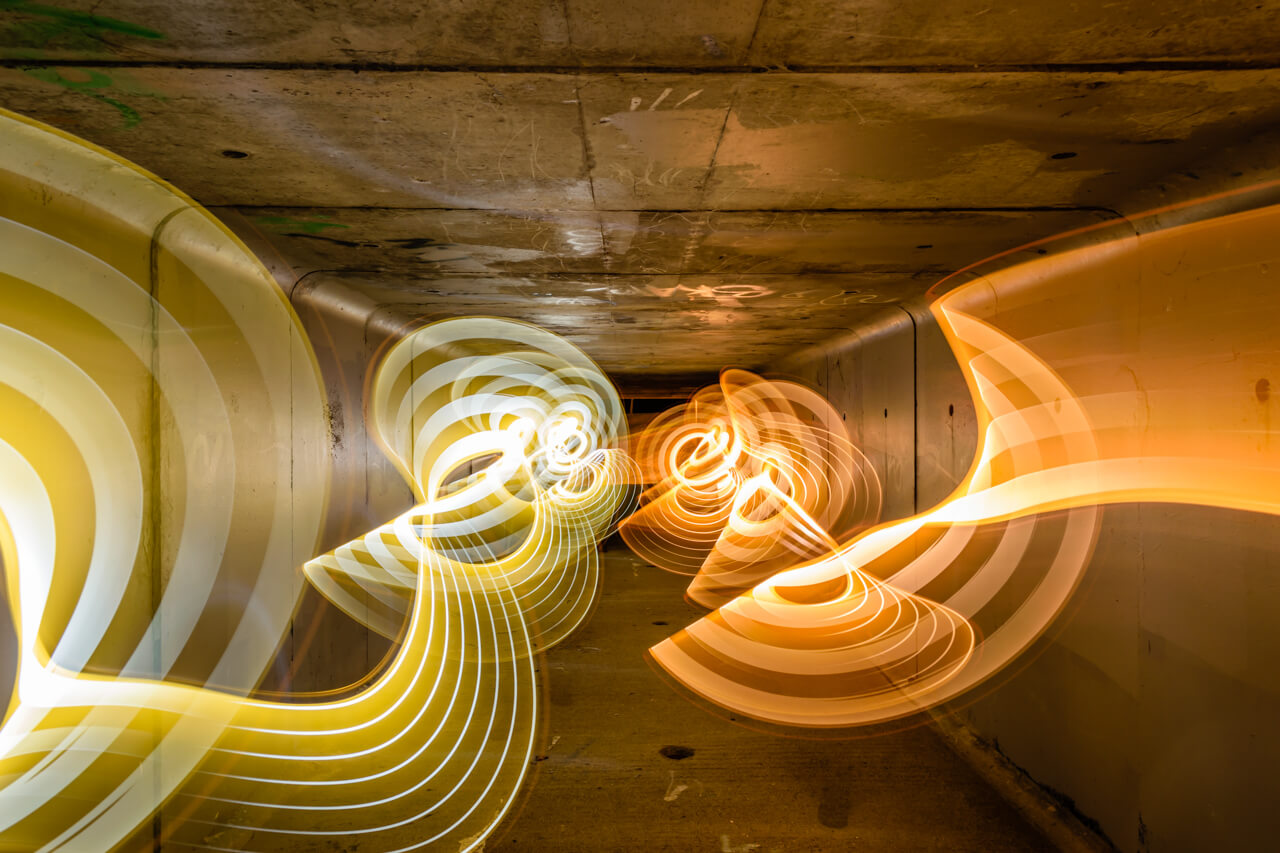
Light trails created using cool (1A tint) and warm white (7A tint) Convoy S2+.
Flashlights with Single Frequency Strobe
Flashing modes can add to the creativity in light painting scenes. Lights with single frequency strobes are generally preferred by light painters. Options include the Convoy S2+ (10Hz with older 3/5 mode user interface), Convoy T2 (7.5Hz), Thrunite TC12v2 (12.5Hz), Atactical/Wowtac A1S (12.5Hz), Zanflare F1 (10Hz), Ledlenser M7RX (20Hz), plus Walther Pro PL50, PL55r, PL60, and SL66r (20Hz). The colour mixing Concentrate C5 has flexible strobe options. The forthcoming Budget Light Forum FW3A will have adjustable strobe frequency, as do some modded lights.
Flashlights with Single Frequency Strobe and Momentary Functionality
The combination of single frequency strobes and momentary functionality allows for fantastic creative control. Flashlights with both include the Olight M1X, M2R (9Hz), Nitecore P10GT (10Hz with 33% on time), Nitecore MT22C (19.5Hz with 33% on time), Nitecore SRT3, SRT5, and SRT6 (22Hz with 25% on time), Nextorch TA15 and TA30 (10Hz). The Nitecore P10GT and MT22C can also be controlled by remote pressure switches for more creative freedom.

Remote pressure switch attached to a Nitecore P10GT.
Flashlights with Bike Flash Mode
A few flashlights have a bike flash mode that can create interesting pulse effects. Examples are the Convoy S2+ Desert Tan (with newer Biscotti user interface), Sofirn SP31, Thorfire TK15S and TK18.
Flashlights with Pulse Width Modulation
Pulse Width Modulation (PWM) is found in some flashlights and used to dim the output by pulsing the light on and off very quickly. It is usually found in lower output modes. The pulsing is fast enough that you can’t usually see it if the light is stationary, but it can be seen as a stuttering effect in the light trails during light painting. Examples of lights with PWM in lower modes include Ledlenser lights with “smart light technology”, Klarus XT11GT (low mode), and the Colour Shine Flashlight. PWM is also found in many cheaper flashlights, but as these are rarely reviewed on flashlight forums, so it is difficult to recommend specific models.
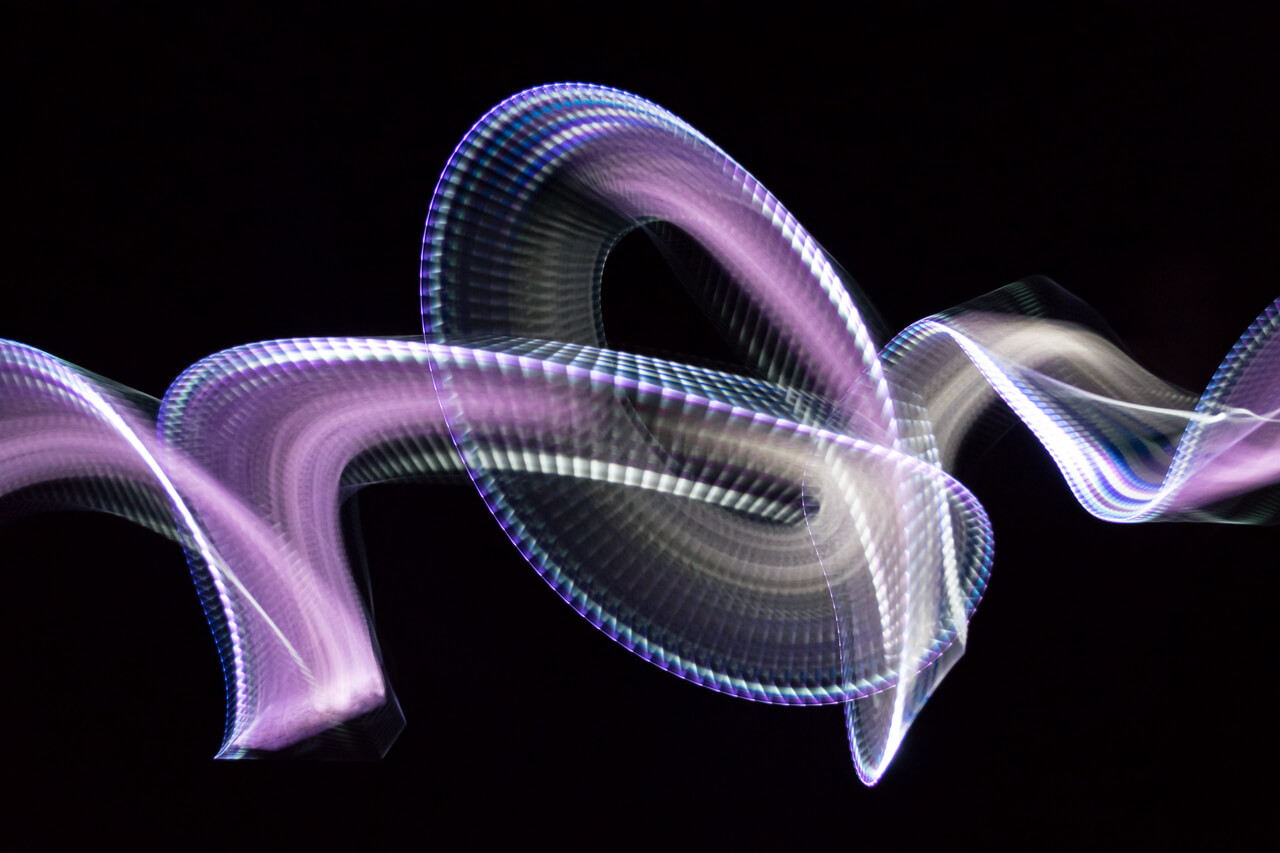
Light blading with PWM from a Klarus XT11GT.
Flashlights for Other Light Painting Connectors
So far this article has discussed flashlights that fit in the LPB and LPP connectors. I’ll also discuss a few other uses cases. Firstly, the Liteblades KYO connector. This connector screws into the head of some Klarus lights, which allows for a solid connection for fast snappy movements. This however means that it is only compatible with the Klarus XT11S, XT11GT, and XT12S (plus some older legacy Klarus models such as the XT11, XT12, and RS11). All are great lights, but fiddly if you only want to use single frequency strobe. All are compatible with remote pressure switches for improved control in some situations.
The Lumenman Connector is suited for flashlights with head diameters between 32-40mm. Lights recommended on the website include Led Lenser M7(RX), Klarus XT11S and XT11GT, Nextorch TA40, TA10, and PA5.
Eric Paré’s new Light Painting Tubes system is suited for 18650 tube lights with heads at approximately 25mm diameter. There are many suitable lights, which include the Olight M1X, Thrunite TC12v2, Eagletac D25LC2 Tactical and Clicky, Eagletac DX30, Nitecore SRT5, MT22C, P10GT and P12GT.
Apologies if I’ve missed out any other commercial light painting connectors. Please let me know so that I can include them in future articles.
Very High Output Flashlights
There are of course many cases where a connector is not required, and the flashlight is just required for illumination purposes. Most of the flashlights in this article can of course also do that, but unlike these lights, cannot sustain output at 1000 lumens or higher. Good budget options are the BLF/Thorfire/Sofirn Q8 (5500lm), and Convoy L6 (3800lm). Mid-price options include the Acebeam X80-CR95 (4500lm high-CRI), X80 (25,000lm with RGB-UV options at lower output), and X80-GT (32,000lm). Olight’s X7R (12,000lm) and X9R (25,000lm) are popular in the consumer market, and being rechargeable, don’t require li-ion battery expertise. If you really need zoom, the the Ledlenser MT18 (3,000 lumens), or Jaxman Z1 XHP50 (2,400lm) are recommended options.
Other Notable Lights
Whilst too large for most commercial light painting connectors, the Walther Pro PL75mc has both RGBW colour options and zoom functionality. If you have lots of money lying around, the Protomachines LED8 is a professional quality colour mixing flashlight that even has exposure timers, and multiple memory modes. The Yongnuo YN360 is a video light that has RGB colour mixing options, and powerful (2500lm) white output with variable colour temperature. Other video lights may also be useful in some circumstances. Many headlamps/headlights are also useful for adding some light into scenes.
Conclusion
There is a wide range of lights suitable for light painting, at all price points. There is no single “do everything” light, and thus I would recommend building up a collection of lights to meet as many of your light painting requirements as possible.










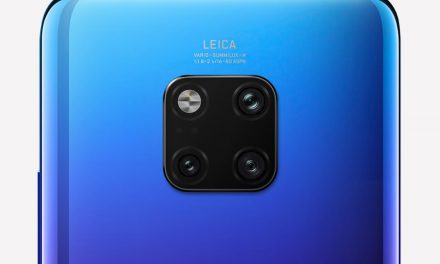
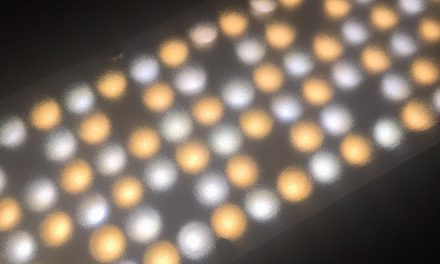

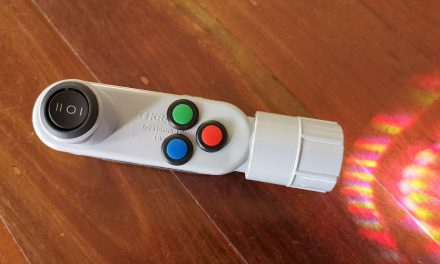

Great roundup of the various flashlight choices for light painting beginners like me.
I’m thinking of getting 2 x Convoy S2+ lights, one for cool white and one for warm white (which you cover above), but I’m not sure about the output options (7135×3 = 1050 mA, 7135×4 = 1400 mA, etc). Any advice here?
For the highest output, I would advise getting a 7135×8 version. This is around 800 lumens on full power. It gets very hot after 2-3 minutes and needs to be manually stepped down. Strobe is at 100% output. if you don’t need 800 lumens, then you can get a version with less 7135 chips, with roughly proportional decrease in output. There are also 2 user interfaces and emitter choices on Convoy S2+. XM-L2 version is floodier than the more throwy XP-L Hi version. The latter is better for lighting tubes. The 3/5 mode user interface has an annoying mode memory timer (i.e. if you turn it off and back in too quickly it advances mode) but a good 10Hz strobe, whilst Biscotti user interface is programmable, no annoying mode timer, but has a two frequency strobe.
Thanks for the reply. It seems like you need a dedicated flashlight for each type of light-painting application.
I’ve got a CH48 light flute, and assume that I will not be painting in high ambient light, so I guess that I would probably need Convoy S2+ with:
– XPL HI (for use with light tube)
– 7135×6 (a balance between high output and longer usability)
– one with U6-3A and one with U3-7A (for cool white and warm white)
– Biscotti firmware (greater usability by programming the required mode, but lose constant frequency strobe)
Does that sound right?
I’m unsure whether the Biscotti firmware is that important to me (I can see the benefit of constant strobe frequency) but the general consensus may be otherwise.
A Convoy S2+ (8*7135) and CH48 lightflute combination usually requires and exposure of f/8 and ISO100. The XP-L HI will illuminate the lighflute more evenly, and the XM-L2 will have more of a gradient (I usually use the XM-L2 even though the XP-L Hi is “better”). xx-1x and xx-7x tints are great for contrasting against each other, and the xx-3x is better as a compromise. Biscotti is only available on limited models direct from Convoy’s store on Aliexpress. Great user interface, but if you want a decent strobe, go with the 3/5 mode user interface.
Thanks for the reply. I’ll get a xx-1x and xx-7x tint, like in the image of your above. I assume you are using a XM-L2 here? And a 8*7135? Probably simplest if I say “I like this image, that’s the effect I want to use, so I’ll get the same model flashlight” 🙂
Yes that was using the 8*7135 XM-L2 version.
Thanks for all the help. I’ve ordered 2 x Convey S2+ XM-L2 8×7135, one with a 1A tint and one with a 7A tint. Looking forward to creating some interesting effects.
Hope you create some great light painting with them!